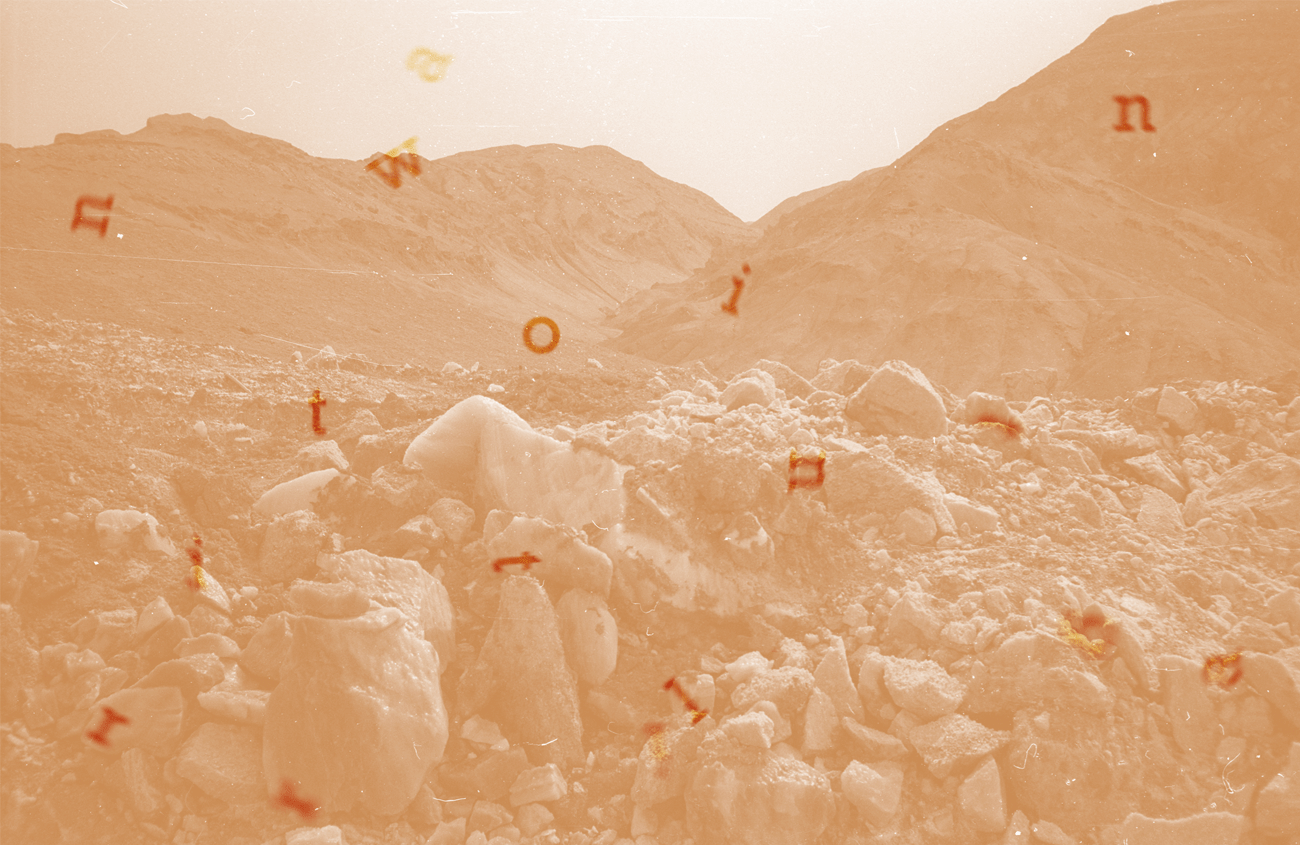Writing Translation
Foreword by Beatriz Hausner
Since its inception in 1969, ellipse has provided readers with ample proof that translation is one of the most effective means of transforming literary culture. It has done so by steadfastly placing the translator front and centre. The role a translator plays as a catalyst of change lies in the very act of transferring a literary text from one language to another. In this sense, translators write the other, and in so doing they assume the ultimate responsibility, namely that of placing a literary object in an entirely different setting and seeing if it will flourish and, in the long run, transform the literary context of the target language.
There is no doubt in my mind that translation can cause a literary culture to change, that it can infuse it with surprising energies. To illustrate this point, I often cite an example close to my literary origins: In 1922 the Chilean novelist Augusto D’Halmar published his translation of the poetry of Oscar de Lubicz Milosz. Brilliantly selected in collaboration with Milosz, and freely translated by D’Halmar, that single book would go on to influence at least two generations of Chilean poets, including Gabriela Mistral and Pablo Neruda, both Nobel Prize winners. Echoes of Milosz can be read throughout their work, as well as that of poets like Rosamel Del Valle and, thirty years later, that of Ludwig Zeller, imbuing their voices with the distant echoes of Milosz’s enigmatic poetry.
Writing translation is authorship, and the riches we provide in the pages that follow more than prove it. Issue 92 of ellipse begins with Karen I. Ocaña’s translation from Spanish of Gloria Macher’s “Celestial Bodies.” Ocaña further draws the reader into her translation process through an incisive foreword and lively annotations that “engage with, address and comment on a variety of moments, challenges, difficulties and joys: lexical, philological, artistic, emotional, traductological (and more).”
How lucky for us to count on Ray Ellenwood’s presence in this issue of ellipse. The discreetly titled “What’s in a name?: Translating Claude Gauvreau’s Le Vampire et la nymphomane” more than proves the degree of creativity, inventiveness and deep knowledge required to translate Claude Gauvreau, a poet “who insisted on expanding the boundaries of what is normally seen as intelligible language.” Ellenwood’s article is a reminder that we have in our midst an extraordinary translator and literary historian.
Translation used as a tool for transcreation guides Renée von Paschen as she recreates phrasing and wordplay in German and in English in “A Lot of Thought in English & German Gedankenreich in Deutsch & Englisch,” providing us with a novel view of writing as self-translation.
In “Lorna Crozier – The Wild in You: Poèmes” Nicole Laurendeau lets free the associative spirit of Lorna Crozier’s poems, not just to drive her French translation, but to inspire her own verse writing by way of commentary. In an innovative act of self-translation, she pushes the creative process further by translating her own verse into English, adding yet another dimension to the concept of translation as authorship.
Nouha Homad’s translations of the poetry of Márgara Averbach, herself an accomplished translator, and of Enrique Solinas, together with Gregory Berry’s translation of Jorge Paloantonio, exemplify how translation can become a means of providing solace from pain and loss, especially when close collaborative processes with the authors of the source texts are present from the outset. There is great poignancy in these collaborations: Enrique Solinas’ contribution is an elegy to his friend, the late Jorge Paolantonio, whose poem is dedicated to Solina’s translator, Nouha Homad, which, in turn forms Gregory Berry’s contribution to ellipse. The lattice of voices opens and expands, providing us with clear proof that community is created through the act of translation itself.
We close this issue of ellipse with Louise Gagnon’s “Sergio Chejfec: Écrire la fille,” her translation of the Argentine poet’s meditation on and absorption of the political turmoil of 1970s Argentina. Beyond contextualizing, Gagnon’s reflection delves into those aspects of the original that are clarified, or not, through translation, bringing to the fore questions and choices that haunt most translators, such as whether to transfer factual mistakes in the original. Gagnon touches on much more, including the problem of invisibility. This last point, I’m happy to announce, will be the theme of the next issue of ellipse.

